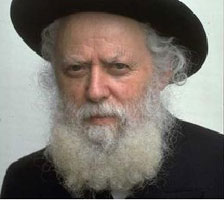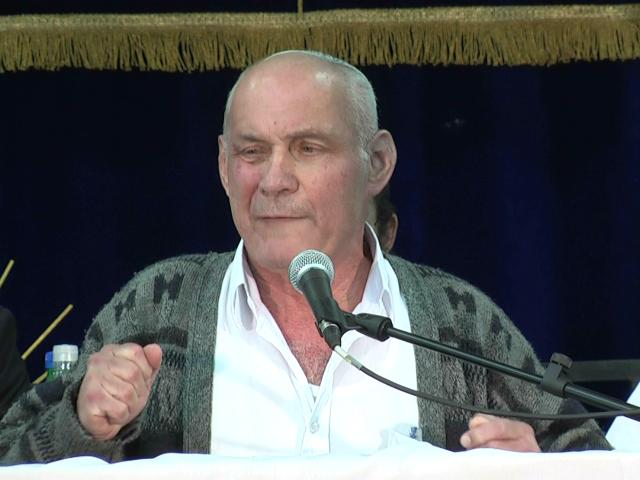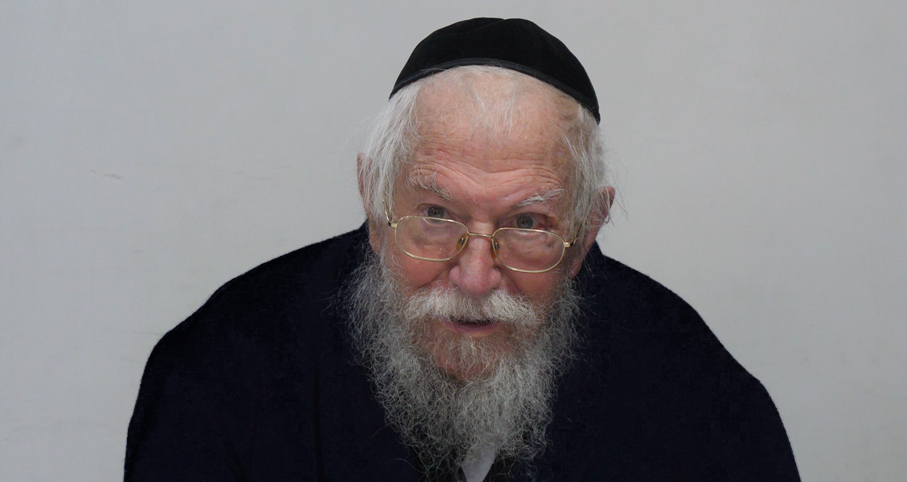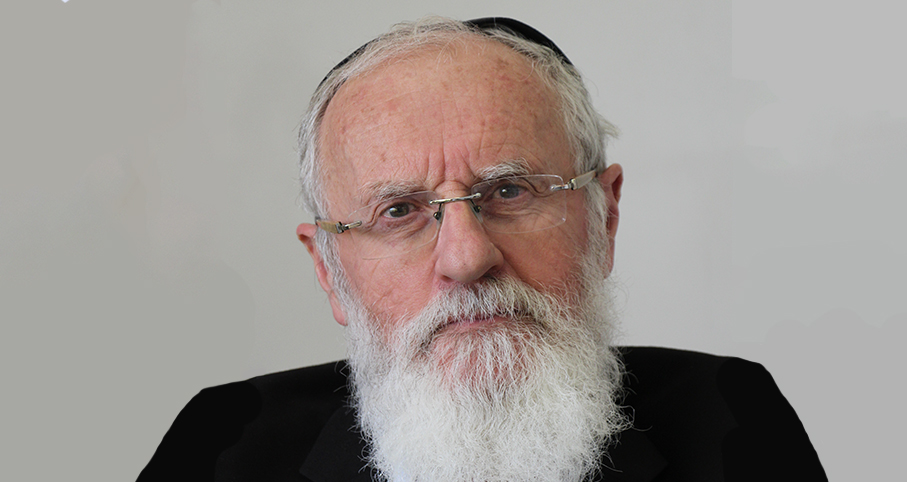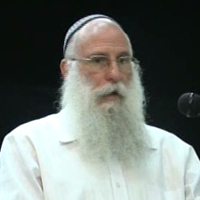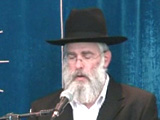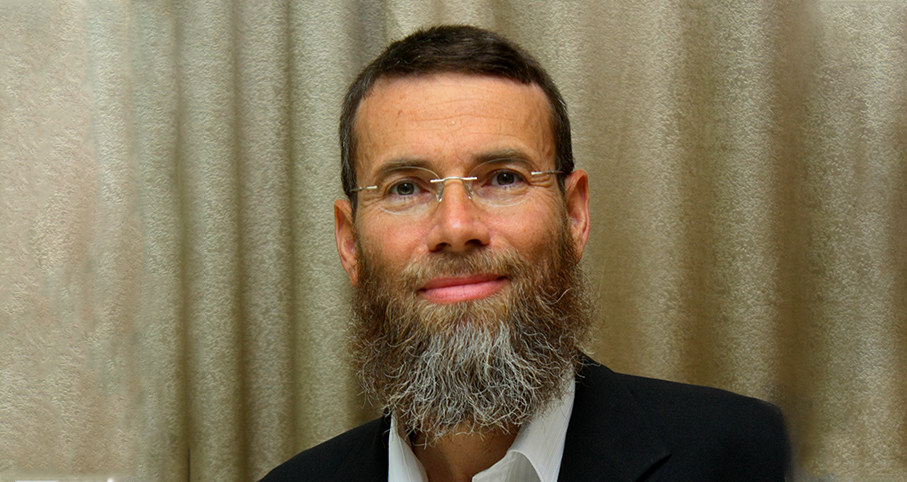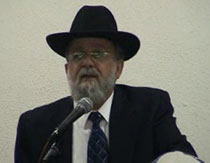Beit Midrash
- Sections
- Chemdat Yamim
- P'ninat Mishpat
Ruling: We will start with a look at the halachic workings of a heter iska. The ostensible lender (the noten) gives money to the ostensible borrower (the mitasek) in a manner that half of the money is a loan and half is given for the mitasek to invest on behalf of the noten and thereby make profits for the noten, to justify his receiving what would have been interest. Thus, the envisioned interest rate comes from only half of the money. If the mitasek claims that the investment actually lost money, he must provide witnesses, and if he claims lower than expected profit, he must swear that this is the case. If he fails to do either, he must pay the d’mei hitpashrut, i.e., the expected interest.
In this case, it is doubtful that the heter iska can justify the rates put forward in this document. First, due to the high rate of interest, it is doubtful that the agreement was made with serious intent to be based on the mechanism of a heter iska (Chut Hashani, Ribbit 18:2). Second, for a heter iska to work, there must be a possibility that the investment half of the money can realize the level of profit of the d’mei hitpashrut (Minchat Shlomo I:27; Igrot Moshe, Yoreh Deah III:41). In previous rulings in our beit din network, we cited the minhag of several batei din to disallow d’mei hitpashrut of more than 15% annually. According to Israeli law, as well, it is forbidden for an individual to lend money at 15% higher than the level of interest of the Bank of Israel, and the courts can adjust the rate downward. We have ruled that we accept this law according to Halacha. Finally, there is logic to claim that since the loan document states that the loan was taken to finance a Tama 38 project, if that project was known to not have borne profits, then it is possible that the interest is not due (interest might be possible because of a clause that the mitasek can use the funds for any profitable investment he chooses).
In this case, the 18% annual interest was valid based on the law and Halacha, but with the additional punitive interest, it becomes forbidden according to the law and Halacha.

P'ninat Mishpat (802)
Beit Din Eretz Hemda - Gazit
679 - Appeal of an Incomplete Ruling
680 - Limits of Interest Rate for Loan with Heter Iska – part I
681 - Limits of Interest Rate for Loan with Heter Iska – part II
Load More

P'ninat Mishpat: Problematic Lights?
based on appeal of ruling 84085 of the Eretz Hemdah-Gazit Rabbinical Courts
Beit Din Eretz Hemda - Gazit | Cheshvan 5786

P'ninat Mishpat: Multiple Agreements and Parties – part II
based on ruling 80082 of the Eretz Hemdah-Gazit Rabbinical Courts
Beit Din Eretz Hemda - Gazit | Kislev 5786

P'ninat Mishpat: A Used Car with a Tendency Toward Engine Problems
based on appeal ruling 84034 of the Eretz Hemdah-Gazit Rabbinical Courts
Beit Din Eretz Hemda - Gazit | Av 5785

P'ninat Mishpat: Return of Down Payment Due to War – part III
based on ruling 84044 of the Eretz Hemdah-Gazit Rabbinical Courts
Beit Din Eretz Hemda - Gazit | Elul 5785

Beit Din Eretz Hemda - Gazit

Payments after a Gradual End of Employment
(Based on ruling 82024 of the Eretz Hemdah-Gazit Rabbinical Courts
Nissan 5783

Payment for Not Clearing Warehouse On Time – part II
based on ruling 75076 of the Eretz Hemdah-Gazit Rabbinical Courts
Av 20 5780

Semi-solicited Advice to Calm Down Petach Tikva
#227 Date and Place: 8 Tishrei 5669, Yafo
19 Sivan 5784


